5 Musical Toys used on Famous Recordings
Toys can be fun and creative.
There is a certain sphere of musical instruments design that has always overlapped into the realm of musical toys. We’re looking at some of the times these toys or tools have made their mark in the history of recorded music.
The connection between creativity, curiosity, and fun has always been a part of certain toy-like instruments that have cropped up over the years. Today, manufacturers like Teenage Engineering, Critter & Guitari, and many others have built brands around this sentiment.
Unforgettable Musical Toys
Oftentimes, when engrossed in the creative process we find ourselves at an impasse when confronted with traditional music-making methods and instruments.
Historically speaking, it’s here where musical toys have become an outlet for ideas that are no longer bound by the same set of rules. Let’s take a look at some of these iconic toy instruments and the occasions where they have been used to great effect.
Musical Toys
Texas Instruments Speak & Spell
Originally released in 1978, the Speak & Spell was a wholesome toy that featured groundbreaking solid-state electronics and a vacuum fluorescent display.
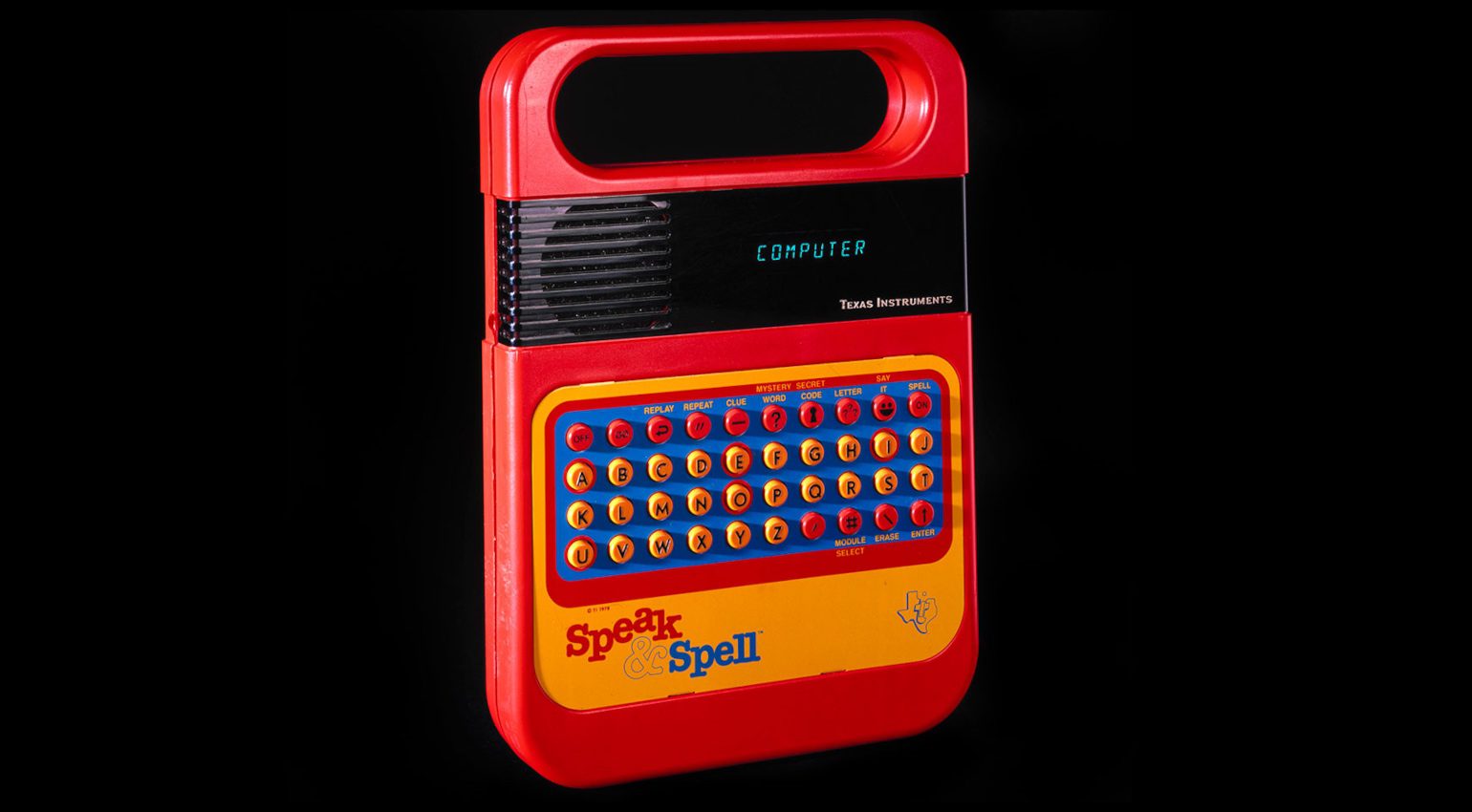
It formed part of a series of three educational toys including the Speak & Read and Speak & Math, all three of which used a TMC0280 linear predictive coding speech synthesizer and had a ROM slot for loading different game cartridges.
Many artists have managed to incorporate the Speak & Spell into their music and it provided the inspiration for Depeche Mode‘s debut album title. However, the most famous by far is Kraftwerk’s futurist Numbers from 1981.
Dübreq Stylophone
The Dübreq Stylophone was launched back in 1968, an incredibly simplistic analogue synthesizer instrument with a metal PCB keyboard that you played with a stylus to close the circuit and produce a tone.
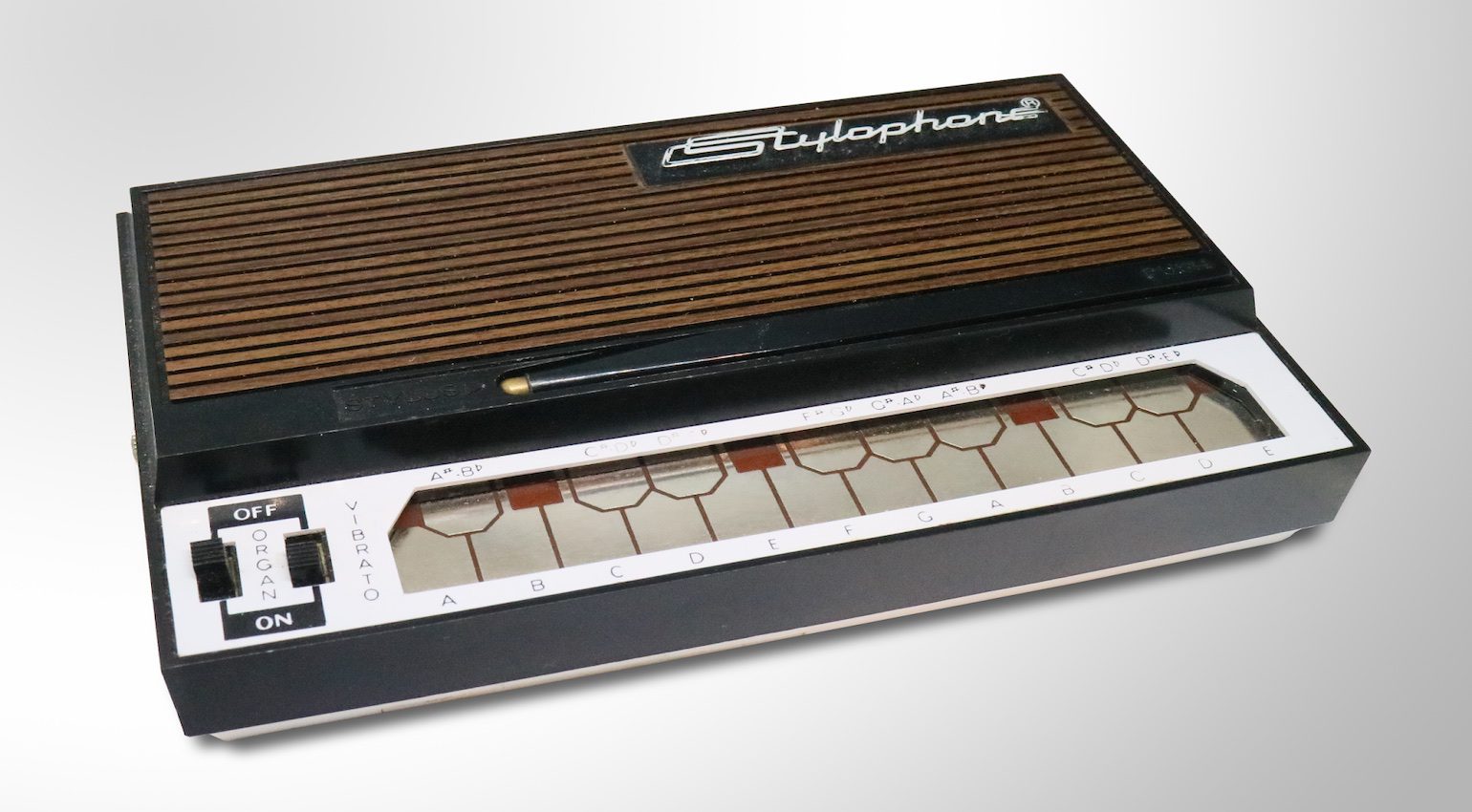
Production of the Stylophone was discontinued in 1975, only to be revived in 2007. Apart from the original model, you can also get the more advanced GEN-X1 and the David Bowie Limited Edition.
The Stylophone was of course notably used by Bowie in his Major Tom-themed Space Oddity (1969), which was partly inspired by a certain Kubrick film that premiered the previous year.
- More from Dübreq

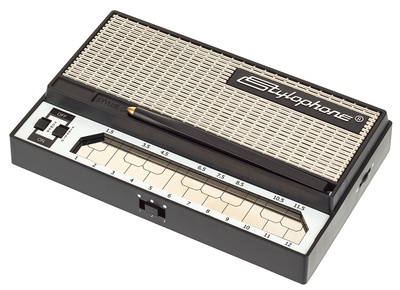

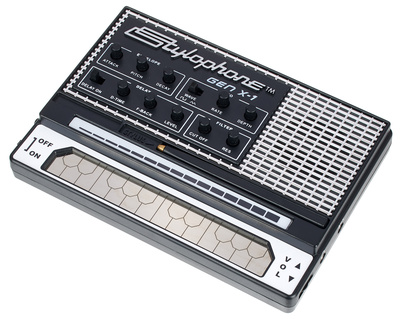

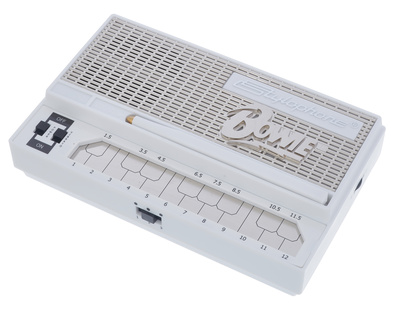

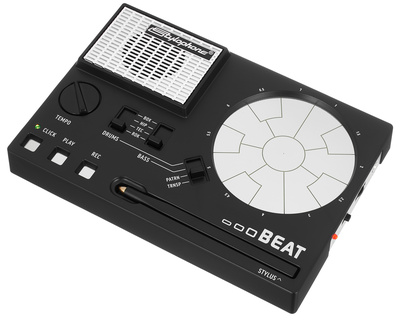
Kazoo
A Kazoo creates a sound as the player hums different pitches through its vibrating membrane that gives it that distinctive buzz. You can also alter the timbre through the annunciation of different syllables and “vocalizations”.
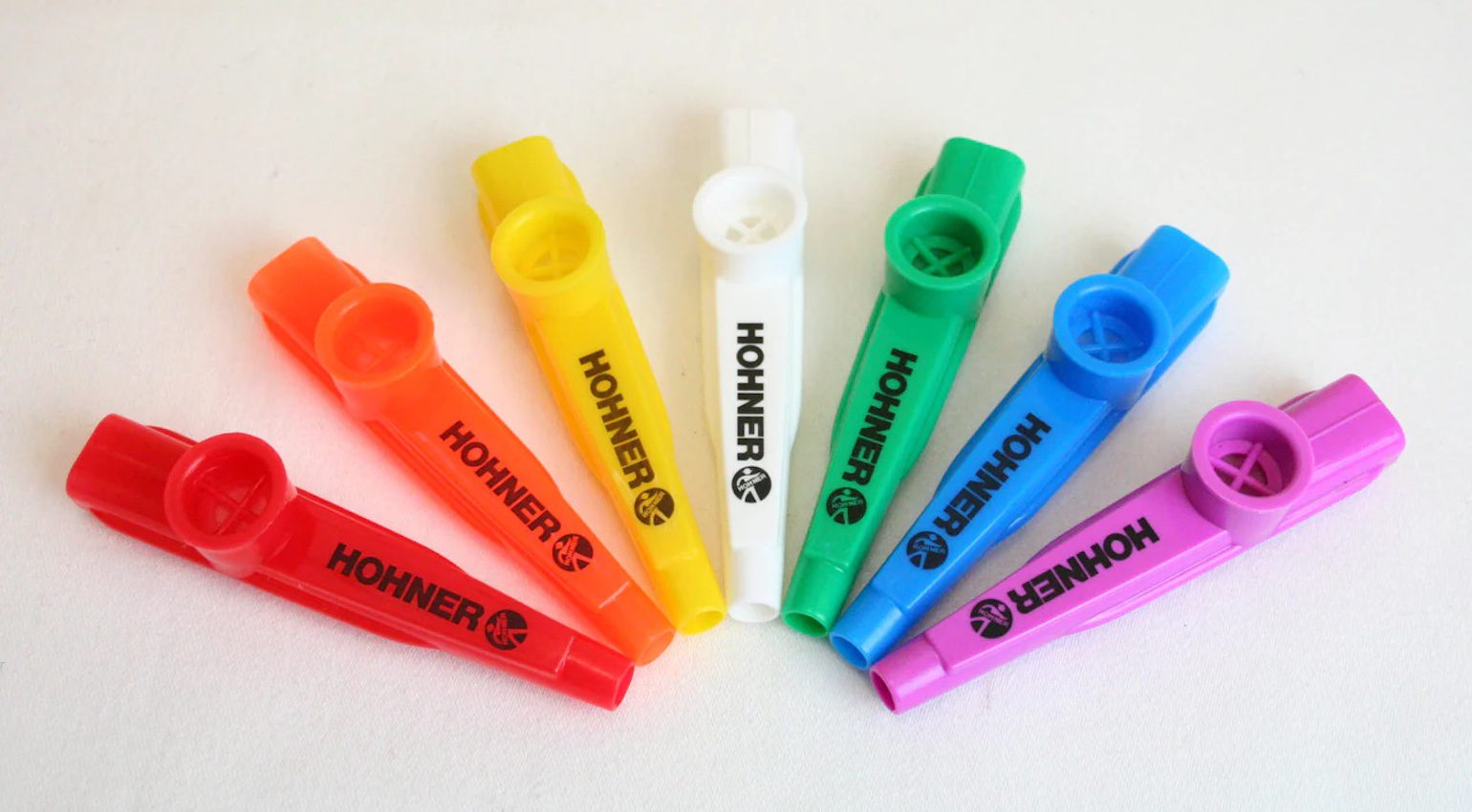
The instrument rose to popularity in the US during the 19th century and was traditionally associated with comedic music, as well as Dixieland Jazz.
During the recording of Electric Ladyland (1968), Jimi Hendrix used a Kazoo to add flavour to the lead riff on Crosstown Traffic, which gave the song a unique edge.
- More from Hohner



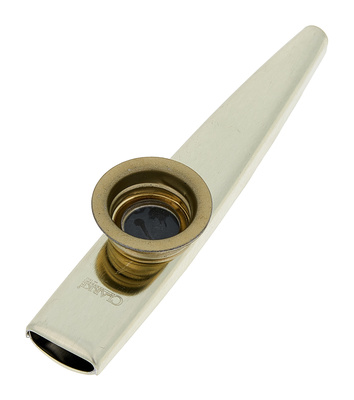
Casio VL-Tone VL-1
In 1979, Casio released the first commercial digital synthesizer in the form of the VL-Tone VL-1. Despite the incredibly toyish appearance and the fact that you could buy them at your local chemist, the VL-1 design would later inspire instruments like the OP-1.
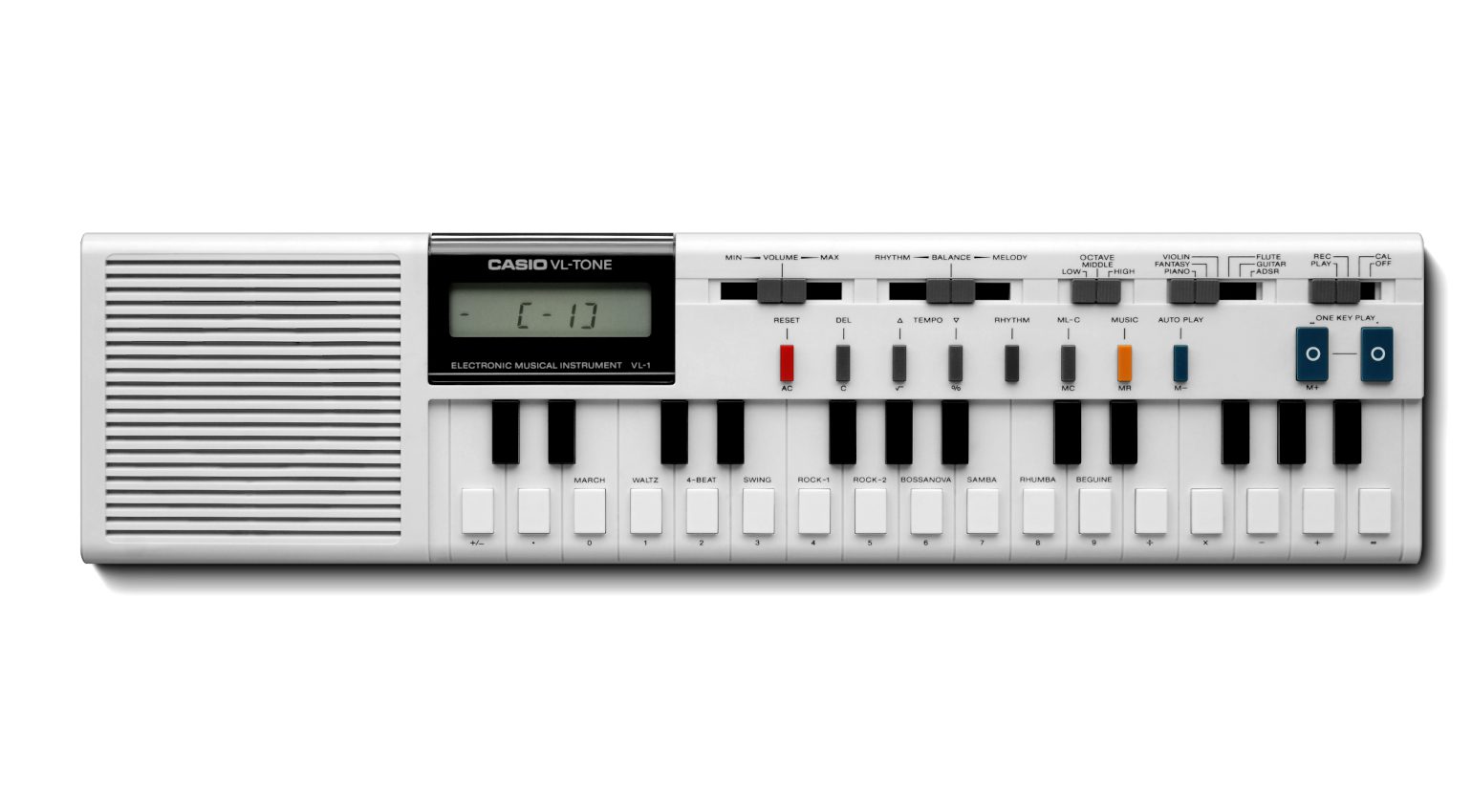
It had a 10-preset rhythm section and a choice of 5 instruments that could be played via the calculator button keyboard. There was limited programmability, but you could alter the sound envelope and use effects like tremolo and vibrato for expression.
Possibly the most artful use of the VL-Tone was done by The Human League on the interlude Get Carter, where its shrill but haunting sound fitted the aesthetic of their seminal album Dare (1981) perfectly.
- More from Casio

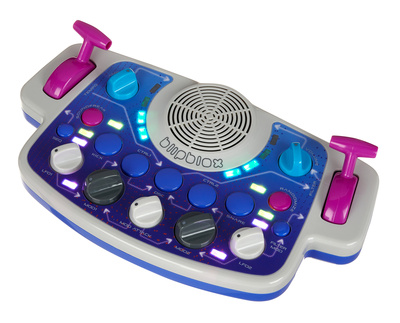

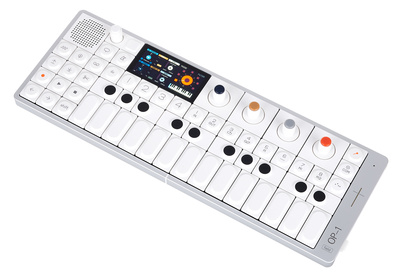
Toy Piano
With their almost Xylophone or Glockenspiel-like character, early toy pianos used tuned glass and then metal bars to generate the various pitches.
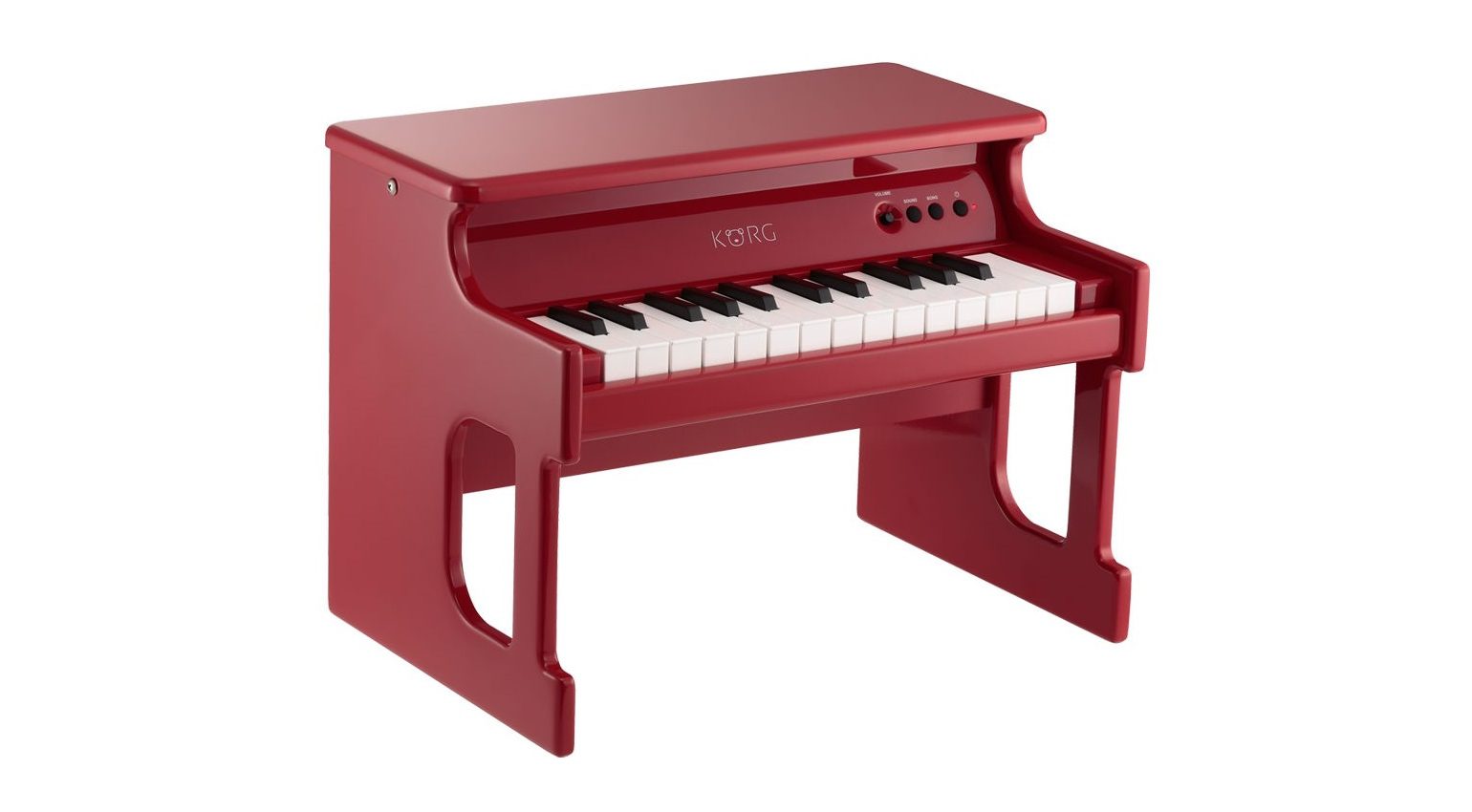
They were designed as toys for children initially in the mid-19th century but in 1948, John Cage drew attention to the instrument with his famous Suite for Toy Piano. Since then, we’ve heard them used on so many recordings in different styles of music.
Today, toy pianos are even manufactured in a digital format, like the KORG tinyPIANO which is fully portable and offers 25 different sounds to choose from.
- More from KORG

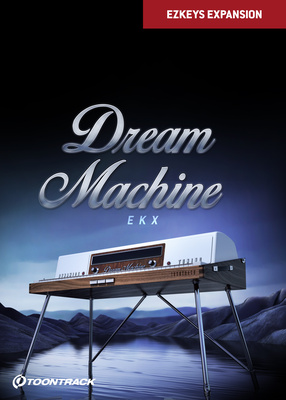
What are your favourite musical toys? Please let us know in the comments below!
Videos:
*Note: This article about musical toys contains promotional links that help us fund our site. Don’t worry: the price for you always stays the same! If you buy something through these links, we will receive a small commission. Thank you for your support!
3 responses to “5 Musical Toys used on Famous Recordings”


 4,3 / 5,0 |
4,3 / 5,0 | 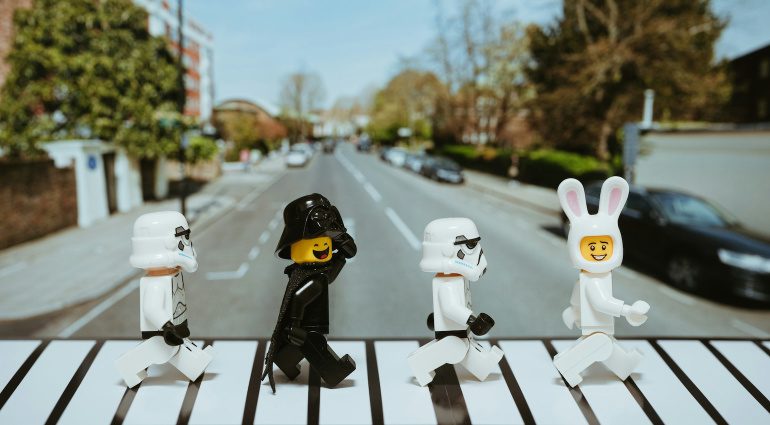


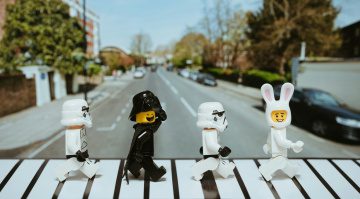

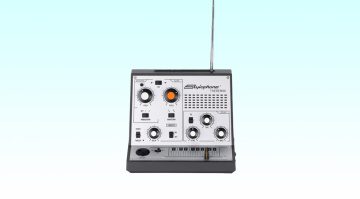
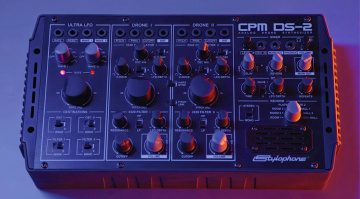
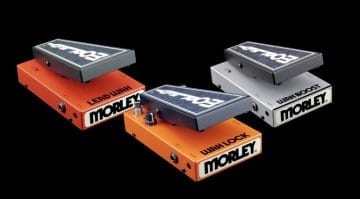
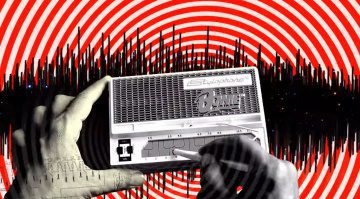

The VL-1 also used one of the rhythms (I think it was rock?) for the backing track of DaDaDa by Trio…
UVI has a Toy Suite collection containing 370 toy/instrument sounds.
Love those squeeky dolls that speak random phrases when you push a button. Get ’em in charity shops for 50p, sample ’em, stick ’em into psychedelia or chillout, or sometimes as a meter in a rave phrase. Favourite one is a Sheriff Of Nottingham doll, ‘Kill Robin Hood!’ it says in a theatrical baddie voice, it never fails to make us chuckle.